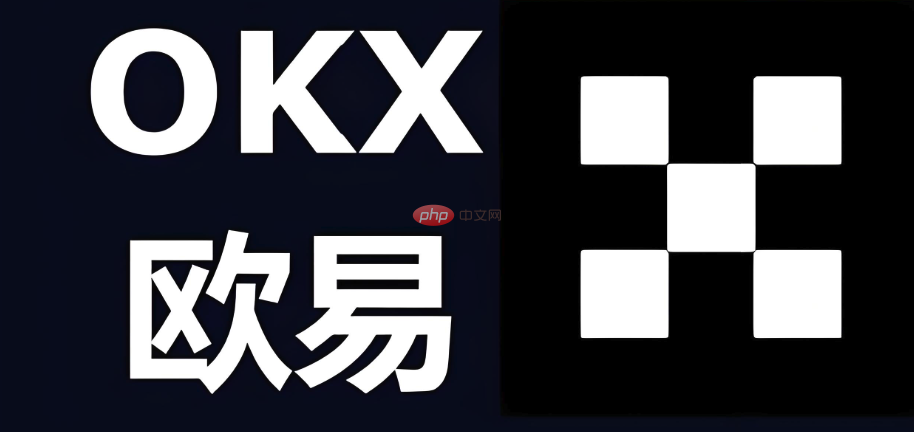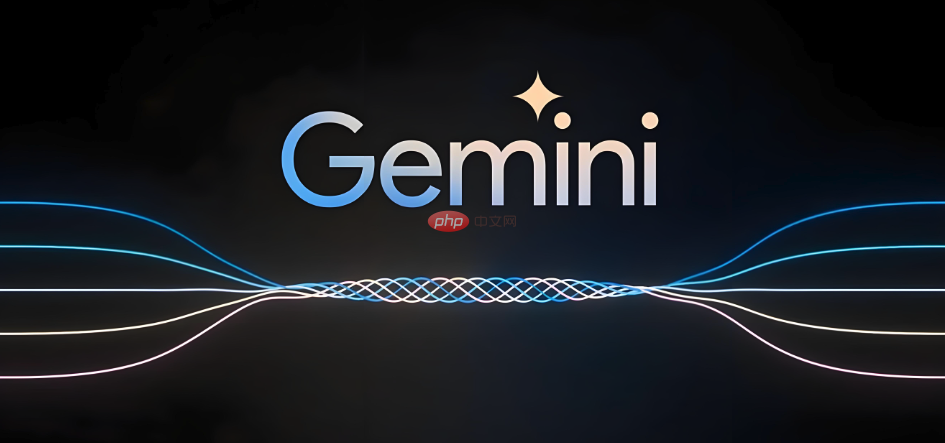The secondary market in the currency circle is a circulation market that occurs after digital currency transactions. Compared with the issuance market (primary market), the secondary market provides liquidity between holders and demanders. In this market, investors trade by buying and selling issued digital assets, and the main factors affecting asset prices include demand, supply and market sentiment. The secondary market is crucial to the liquidity and price discovery of digital assets, and also provides investors with opportunities for investment and arbitrage.

What is the secondary market in the currency circle?
The secondary market in the currency circle refers to a digital asset exchange where users can buy and sell issued digital assets (such as Bitcoin, Ethereum). It is opposite to the primary market (issuance of new digital assets).
What are the secondary markets in the currency circle?
The main secondary markets in the currency circle include:
Binance: The world's largest digital asset exchange, providing a wide range of cryptocurrency trading pairs.
Huobi Global: Another large digital asset exchange is known for its diverse trading options and leveraged trading.
OKX: A leading cryptocurrency exchange offering spot, futures and options trading.

FTX: A exchange focused on derivatives trading provides leverage and perpetual contracts.
Coinbase: A regulated exchange in the United States is known for its ease of use and security.
Kraken: A U.S. exchange known for its strict compliance standards and strong security measures.
Gemini: Another regulated U.S. exchange focused on security and customer service.

Bitstamp: A European exchange known for its reliability and long-term operation.
Bittrex: A U.S. exchange focused on alternative token trading.
Poloniex: A well-established exchange offering a wide range of cryptocurrency trading pairs.
The above is the detailed content of What is the secondary market in the currency circle? What are the secondary markets in the currency circle?. For more information, please follow other related articles on the PHP Chinese website!
 What should I do if my QQ account is stolen?
What should I do if my QQ account is stolen?
 Formal digital currency trading platform
Formal digital currency trading platform
 Top ten digital currency exchanges
Top ten digital currency exchanges
 What is cryptocurrency kol
What is cryptocurrency kol
 Top 30 global digital currencies
Top 30 global digital currencies
 Digital currency quantitative trading
Digital currency quantitative trading
 Top 10 most secure digital currency exchanges in 2024
Top 10 most secure digital currency exchanges in 2024
 Introduction to dex concept digital currency
Introduction to dex concept digital currency




